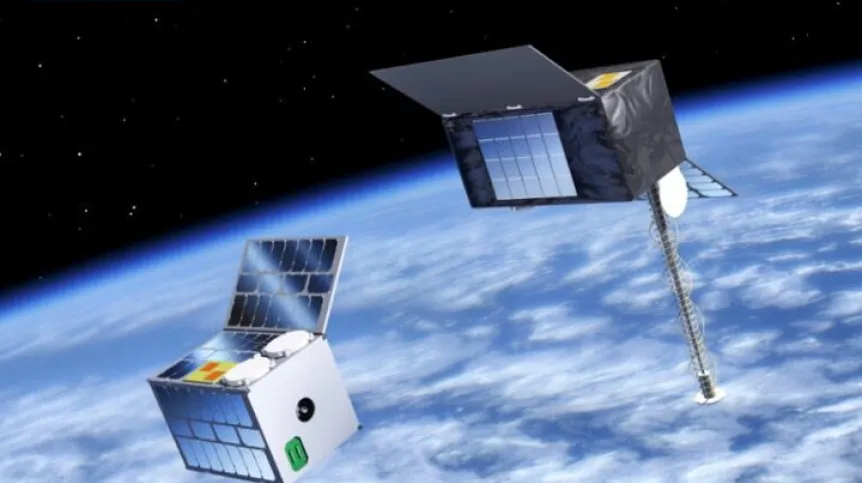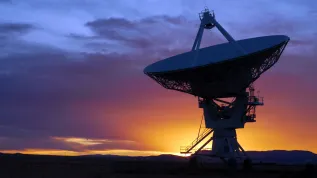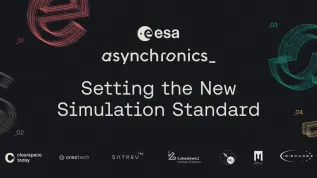
Polish engineers have developed the SEXTANS receiver for micro- and nanosatellites. The device makes it possible to determine the position of orbiters in space with an accuracy of 2 m and monitor their flight trajectory.
The SEXTANS receiver, developed in the Warsaw branch of the international technology group GMV, can precisely determine the satellite's position in orbit and its velocity with an accuracy of 0.01 m/s. The receiver also supports continuous measurements.
'This makes it a potential key component of many space missions, such as formation flights, operating satellites in orbit, space debris management, and even suborbital flights and carrying cargo to low Earth orbit', says the company’;s press release. GMV specialises in space, aviation, defence and telecommunications technologies.
According to the release, the European Space Agency (ESA) concluded a contract worth EUR 78.4 million with GMV to develop key technologies and demonstrate the advantages of using satellites in Low Earth Orbit (LEO) for PNT (Positioning, Navigation and Timing).
The company's tasks include creating a test user receiver and a LEO-PNT service demonstrator.
Traditional satellite navigation has been based on satellites in Medium Earth Orbit (MEO). The basis of future navigation systems will be orbiters circulating at various altitudes. GMV engineers argue that the use of low Earth orbits can bring many benefits, including greater signal accuracy.
The contract between GMV and ESA assumes that by 2027 there will be five satellites in orbit, the first one to be launched within 20 months from the start of the project. LEO-PNT orbiters are expected to revolutionize satellite navigation thanks to advanced signals in the UHF, L, S and C bands, supporting Galileo and GPS systems. They will also be equipped with the 'LEO shield' function that will evaluate GNSS (Global Navigation Satellite Systems) signals in real time. This will make it easier to warn users in the event of a failure.
'With modern receivers, such as LEO-PNT or SEXTAS, space missions become even more precise, effective and versatile. The development of the space sector opens doors for various industrial sectors, enabling them to use space resources in a new way’, the company said. (PAP)
abu/ zan/ kap/
tr. RL













